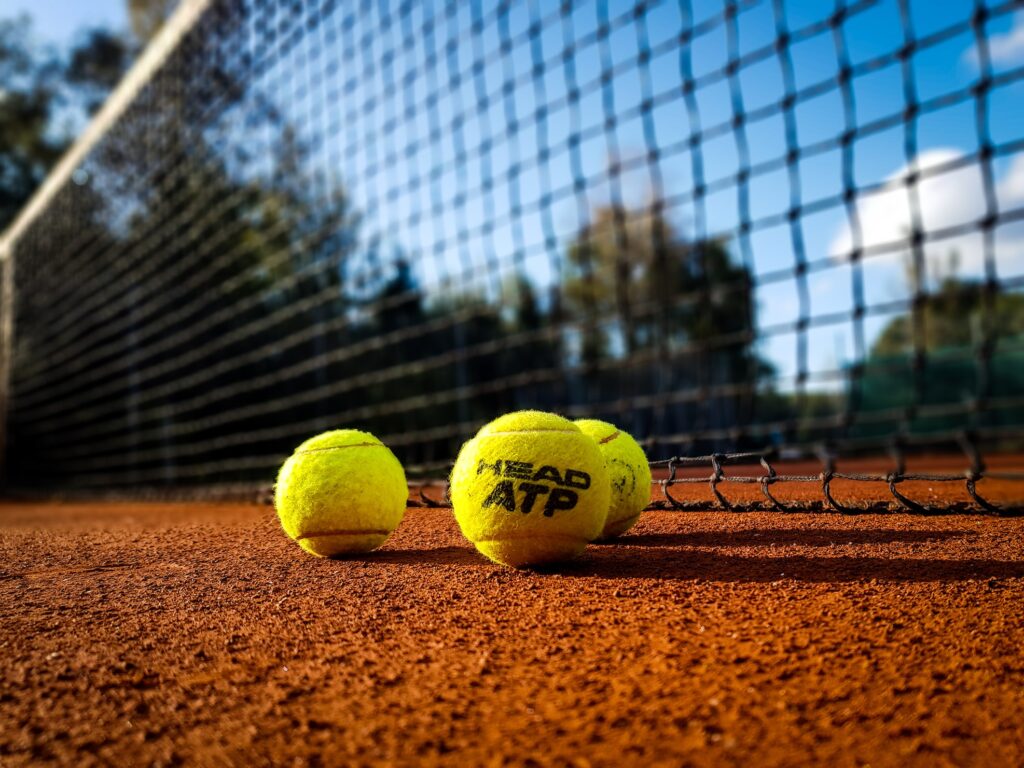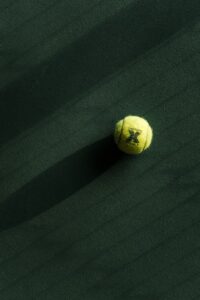The Science Behind the Best Padel Balls: Materials, Design, and Performance
3 min read
The Science Behind the Best Padel Balls: Materials, Design, and Performance
Padel is a sport that was invented in Mexico in the 1960s and has gained popularity all around the world. Padel enthusiasts are always looking for the best equipment to give them an edge on the court, and the choice of ball is no exception. In this article, we’ll explore the science behind the best padel balls, covering the different materials, designs, and how they impact performance.
Materials
Padel balls are typically made of rubber or foam, with the most popular being rubber. Rubber balls are more durable and can withstand heavy use, making them ideal for use in tournaments or intense training sessions. They also provide a good balance of power and control, making them popular with intermediate and advanced players.
Foam balls, on the other hand, are softer and light, which makes them ideal for beginners or those looking to practice their shots. However, they are not as durable as rubber balls and can lose their shape quickly, so they are not suitable for regular use.
Design
The design of a padel ball has a significant impact on its performance. The number of layers, the type of rubber used, and the internal pressure can all affect the ball’s bounce, spin, and speed.
The best padel balls have a high bounce, which is achieved through a combination of materials and design. They also have a consistent bounce, which allows players to predict the ball’s trajectory and plan their shots accordingly.
The internal pressure of a padel ball is also crucial to its performance. The pressure can affect the ball’s bounce and speed, and it is essential to ensure that the ball is neither too hard nor too soft. Most padel balls have a pressure range between 4.0 and 6.5 psi, but some balls are designed for different altitudes or temperatures and can have different pressure ratings.
Performance
The best padel balls have a balance of power, control, and spin, which allows players to execute a variety of shots. They also offer good visibility, so players can follow the ball’s path and adjust their position accordingly.
The choice of ball can also affect the speed of the game. Faster balls provide a more intense and challenging game, while slower balls are ideal for beginners or those looking to practice their strokes.
It is worth noting that different brands and models of padel balls can vary in performance, even if they are made from the same materials. It is essential to try out different balls and see which ones work best for your playing style and skills.
Conclusion
The best padel balls are made of high-quality materials, have a good design and offer a balance of power, control, and spin. They also provide a consistent bounce and good visibility, allowing players to plan their shots effectively. Whether you’re a beginner or an advanced player, the choice of ball can make a big difference in your game. Experiment with different brands and models to find the right ball for your needs and take your padel game to the next level!






